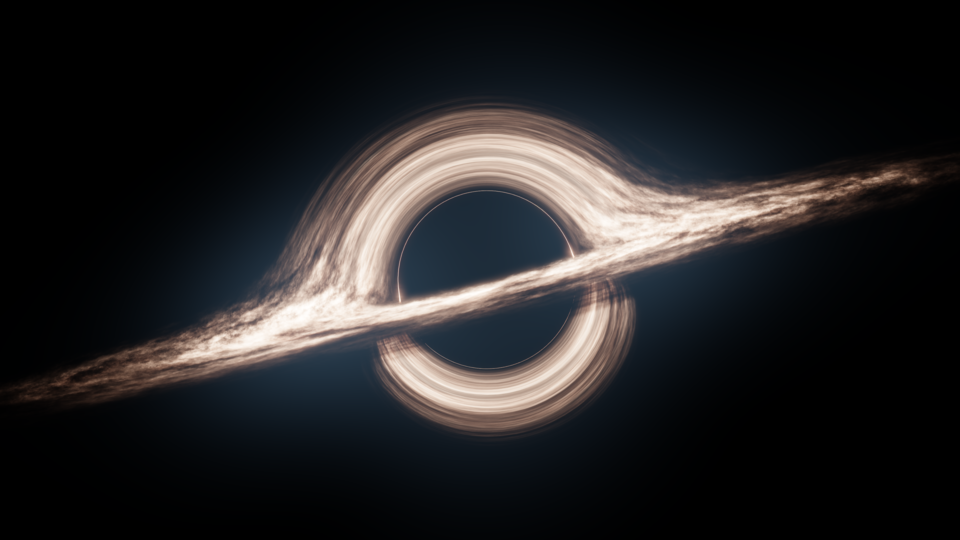
The Big Bang has long reigned as the dominant explanation for the universe’s origin, but a growing body of research is pushing back against its cosmological supremacy. A team at the University of Portsmouth, led by Enrique Gaztañaga, have alternatively proposed the universe may have emerged from the collapse and bounce of a massive black hole in a larger “parent” universe. This “Black Hole Universe” model integrates general relativity and quantum mechanics, avoiding the infinite-density singularity that plagues the Big Bang framework and eliminating the need for speculative forces like inflation fields or exotic dark energy.

1. The Collapse-Bounce Mechanism
In classical physics, the singularity theorems by Roger Penrose, further developed by Stephen Hawking, enforce that gravitational collapse necessarily generates a singularity. In their theory, Gaztañaga’s team instead uses quantum mechanics-precisely, the Pauli exclusion principle, which forbids identical fermions from occupying the same quantum state. It is this quantum degeneracy pressure at extreme densities that, during the collapse, precedes the would-be singularity and initiates the bounce. The researchers’ exact analytic solution describes how the universe’s scale factor evolves as a hyperbolic function of cosmic time, smoothly passing from contraction to expansion.
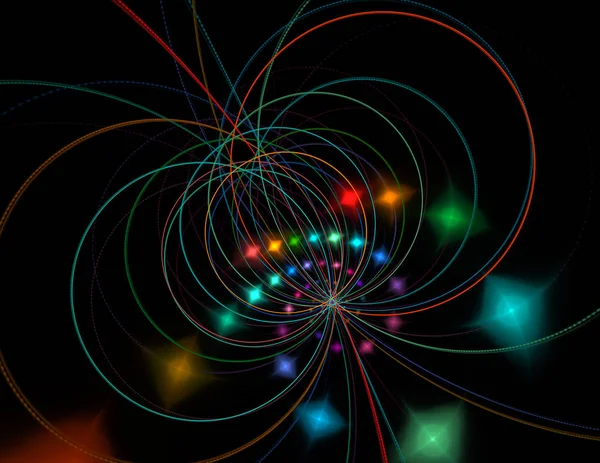
2. Quantum Gravity Inside Black Holes
The model leverages quantum gravity effects in black hole interiors, where spacetime curvature reaches Planck-scale extremes. It is in these regimes that quantum fields, including possible gravity-Higgs field interactions, may finally modify gravitational behavior to become repulsive at very high energies. “Such effects could naturally avert the collapse of matter without calling for untested physics,” says co-author Sravan Kumar, an assistant professor. Similar to neutron stars and white dwarfs, this mechanism would produce degeneracy pressure that would stabilize matter against gravitational implosion.
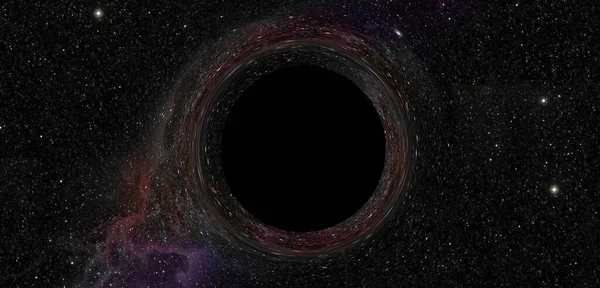
3. Observable Predictions: Spatial Curvature
A key strength of the Black Hole Universe model is testability: it predicts a small but positive spatial curvature, a relic of the initial overdensity that triggered the collapse. This curvature would be measurable through precision surveys, in contrast to the perfectly flat universe predicted by standard inflationary cosmology. Missions like ESA’s Euclid and the forthcoming ARRAKIHS project may soon be able to detect such curvature by mapping large-scale cosmic structures and ultra-low surface brightness features in galaxy halos.

4. Links to Primordial Black Holes and Dark Matter
Similarly, the bounce scenario naturally accommodates relic compact objects-primordial black holes or neutron stars-formed prior to the rebound. Such objects might play a role as seeds for early galaxy formation and can also explain the dark matter completely, following models where primordial black holes are responsible for all dark matter. As Priyamvada Natarajan showed, such black holes could catalyze rapid growth into supermassive black holes. That would be in agreement with James Webb Space Telescope observations of unexpectedly mature galaxies near cosmic dawn.
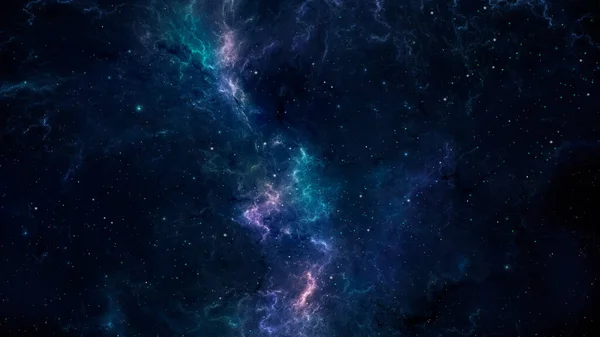
5. Resolving the Inflation and Dark Energy Puzzles
In the standard model, inflation is driven by a hypothetical scalar field, and dark energy is an unexplained constituent accelerating cosmic expansion. Within the context of the bounce model, these features arise naturally from the dynamics of the rebound: The initial expansion immediately after the bounce plays the role of inflation, while a later acceleration arises due to residual curvature and quantum effects-novel fields are not needed. This fits recent results showing that black holes could be reservoirs of vacuum energy and might furnish a source for dark energy via “cosmological coupling” with the expanding universe.

6. Mathematical Foundations
The exact solution for the team avoids approximations by describing the evolution of the universe using well-defined equations of general relativity. It is this reliance on established physics Einstein’s field equations and quantum exclusion principles that differentiates the model from other more speculative multiverse or string theory proposals. The finite mass and radius of the parent black hole set the boundary conditions that yield the predicted curvature and expansion rates.
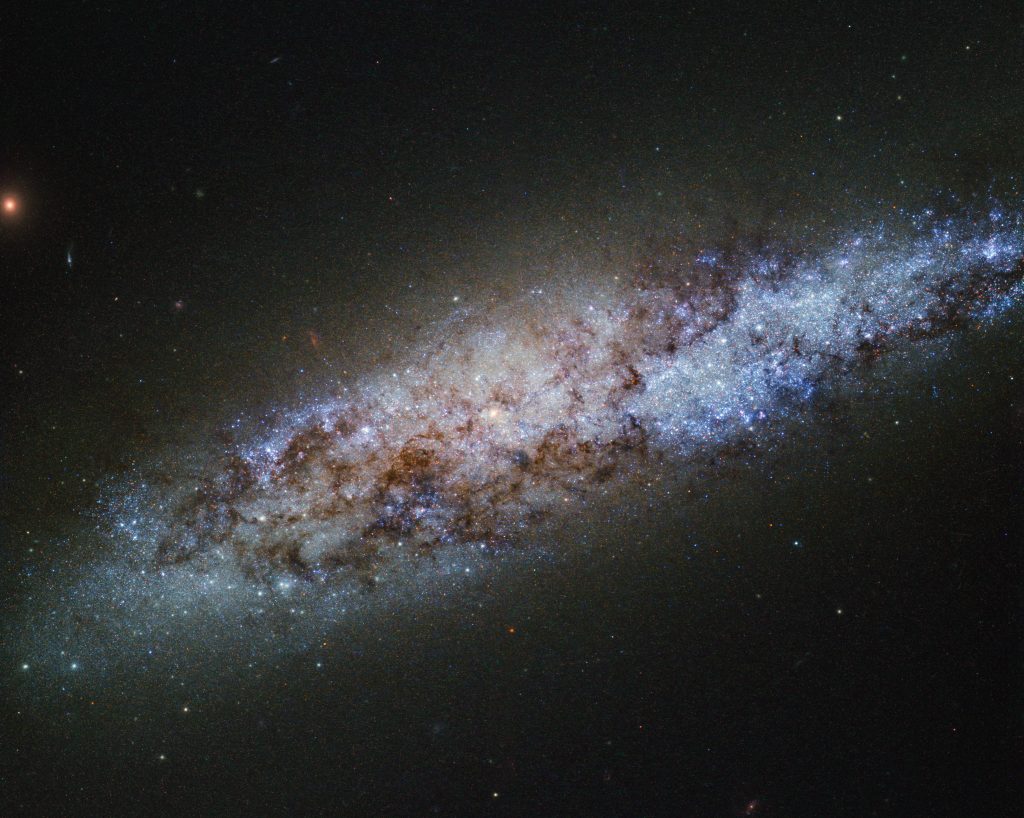
7. Implications for Galaxy and Black Hole Coevolution
If the universe started its life inside a black hole, large-scale structure in matter and dark matter halo distributions could be directly related to the geometry of collapse. Studies of active galactic nuclei clustering suggest a correlation between supermassive black hole mass and host halo mass, hence a shared evolutionary path. The bounce model naturally embeds such a co-evolution, where early relic black holes sculpt galaxy growth from its very beginning.

8. Future Observational Tests
ARRAKIHS will utilize four wide-format telescopes: two near-infrared, one optical, and one near-ultraviolet, to be able to detect faint stellar halos and satellite galaxies, studying the fossil record of galaxy formation. Together with the gravitational wave detections by missions such as LISA, such observations could uncover the mergers of primordial black holes from the pre-bounce era. The confirmation of relics or curvature would be strong support for the bounce hypothesis.
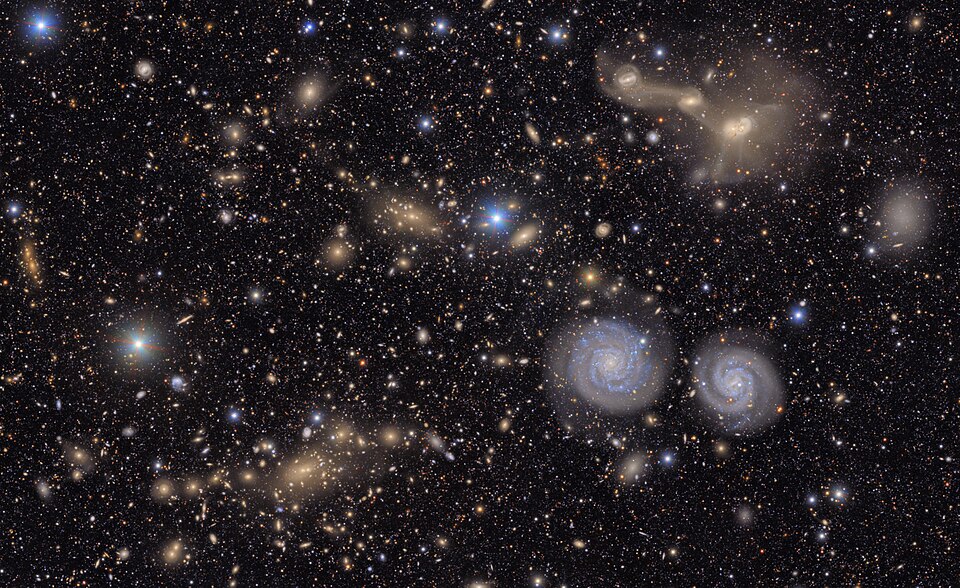
The model of the Black Hole Universe reframes humanity’s cosmic address: the observable universe resides well inside the event horizon of a black hole in a larger cosmos. Instead of a singular birth from nothing, it proposes a continuous cycle of collapse and rebound, bound through the intertwined laws of gravity and quantum mechanics.


